We may earn revenue from the products available on this page and participate in affiliate programs. Learn More ›
The unsung heroes of construction and carpentry, nails and screws are used to hold together everything from house frames and flooring to outdoor decking and kitchen cabinetry. In fact, more than $10.3 billion of nails and $4.3 billion of structural wood screws are sold annually in the United States.
While the pros make it look easy, it’s not always obvious when to choose one over the other for specific projects. So we’re examining these popular fasteners side by side—nails vs. screws—to help DIYers decide whether to use a screw or a nail.
1. Screws are preferred for woodworking and decking.
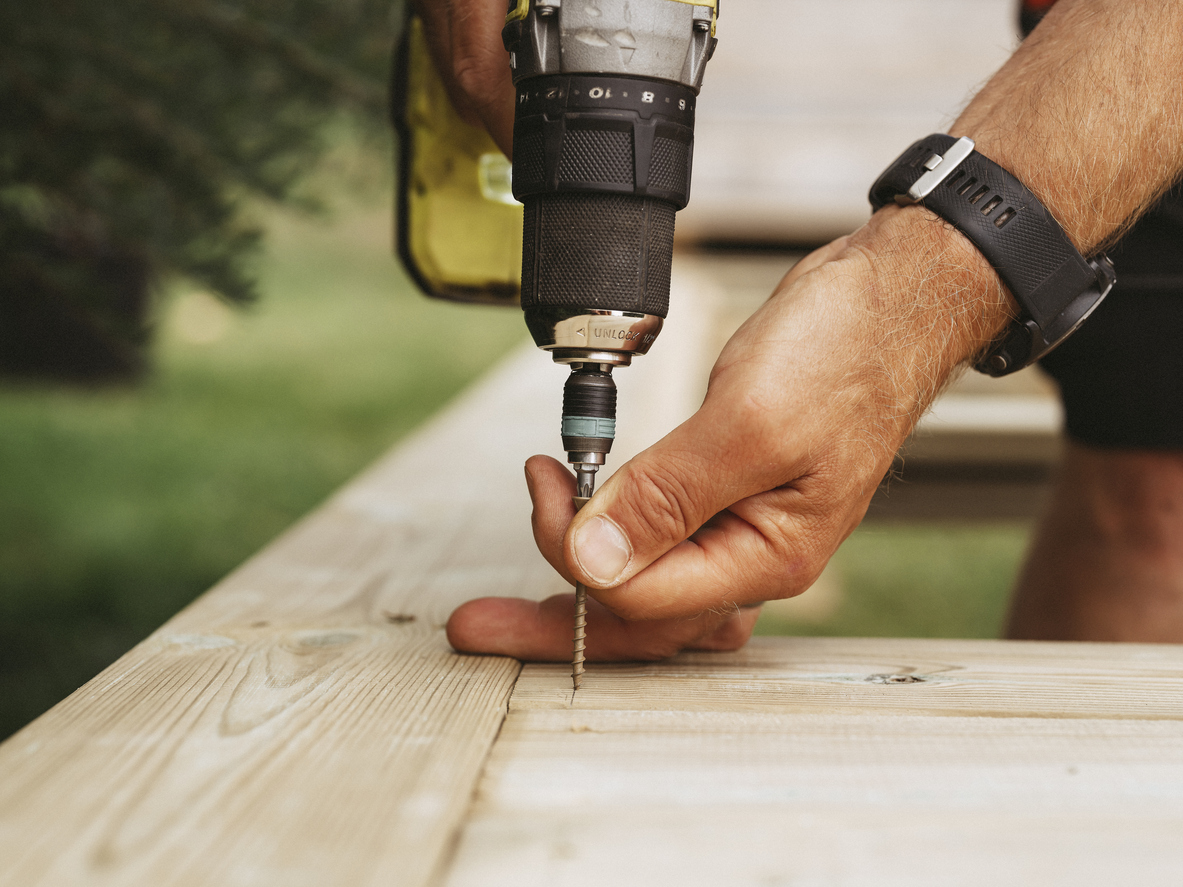
For small and mid-sized projects, such as woodworking and decking, screws are often the better choice. They are easier to control when inserting and can be adjusted or extracted to make small repairs. And though the muscle and torque required to install screws with a manual screwdriver is tiresome, electric power tools like cordless drills and impact wrenches make the installation process much quicker and easier. While Phillips and slotted head screws are the most common, there are other common screw types used in houses that include hex, torx, and square.
| Better for mounting hardware | Better for drywall | Less likely to split wood | Better for framing | Better for trim work | |
| Nails |
X |
X |
X | ||
| Screws |
X |
X |
2. Nails are often preferred for bulk structural joining.
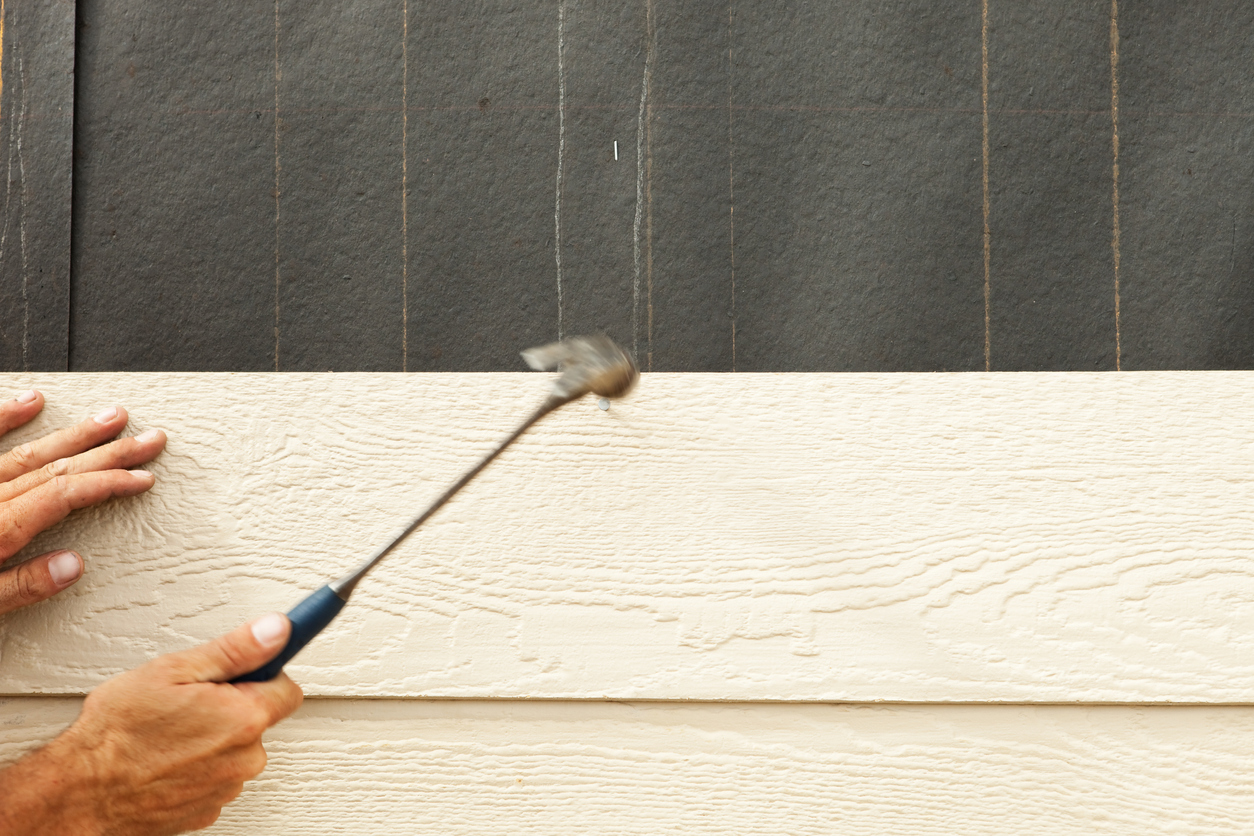
Nails are also called upon when securing plywood sheathing for exterior walls, installing hardwood floors, and attaching siding and roofing, anywhere bulk fastening needs to be combined with speed.
- Common nails are often a first choice for framing, construction, and carpentry. Usually common nails are chosen for applications where they won’t be seen in the finished work.
- Box nails have a thinner shaft, which can prevent wood from splitting when hammered in, making them ideal for installing clapboard siding.
- Brad nails are smaller and are often used to secure parts together while adhesive dries.
- Finishing nails are great for detail work like securing molding, door jambs, and baseboards.
Since most nails have smooth heads and shafts, they insert easily and speedily with a hammer or nail gun.
3. Screws are better for temporary jobs, like making jigs.
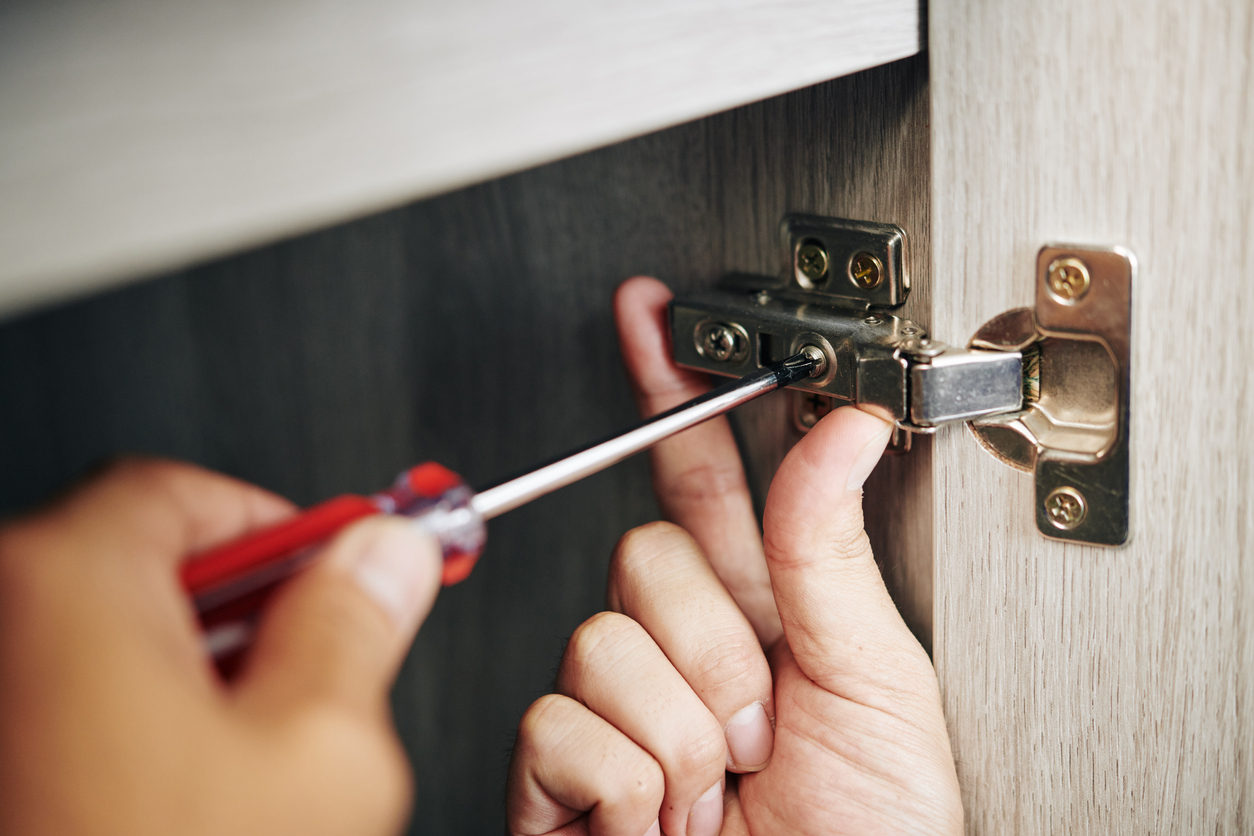
Screws are a favorite fastener of woodworkers because they can be used to build jigs (temporary structures that guide and keep work consistent) for smaller projects, like installing hinges or attaching hardware. Other than when dealing with a stripped screw, they are easier to remove than nails because pulling out a nail often involves bending it.
RELATED: The 10 Best Screwdriver Sets, Tested and Reviewed
4. Nails are more flexible, but screws have more tensile strength.

Nails are more flexible under lateral pressure, and are better able to withstand “shear” pressure, which is the tendency of two joined pieces to slide past each other.
However, screws have greater tensile strength, which is a material’s ability to resist breaking under pressure, or the tendency of surfaces to pull apart. This makes them better for projects when joined pieces are under tension or bearing weight, like porch railings, kitchen cabinetry or joining furniture parts, like attaching a tabletop to a base.
For your next project, determine whether joined surfaces are more likely to slide or pull apart, using nails in the former case, screws for the latter.
5. Screws can create tighter joints.
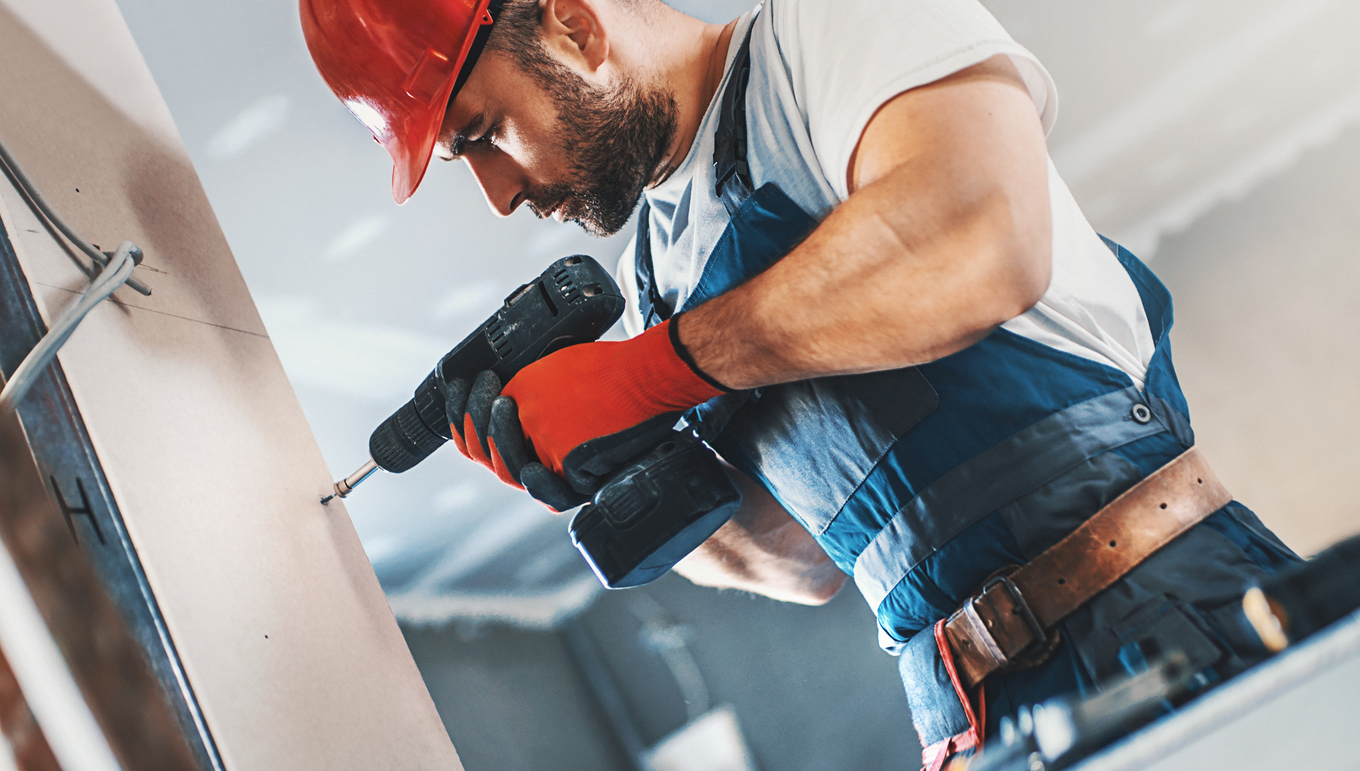
If you are planning to install subflooring or drywall, screws tend to be the preferred fastener because they tend to hold tighter, longer. Drywall screws typically feature a Phillips head and can be driven in with a drill or an electric drywall screw gun. Screws are also preferable when installing subfloors, because they are less likely to loosen and pull out. Screws also help prevent squeaky floors because they create tighter joints.
6. Nails are better for delicate work.
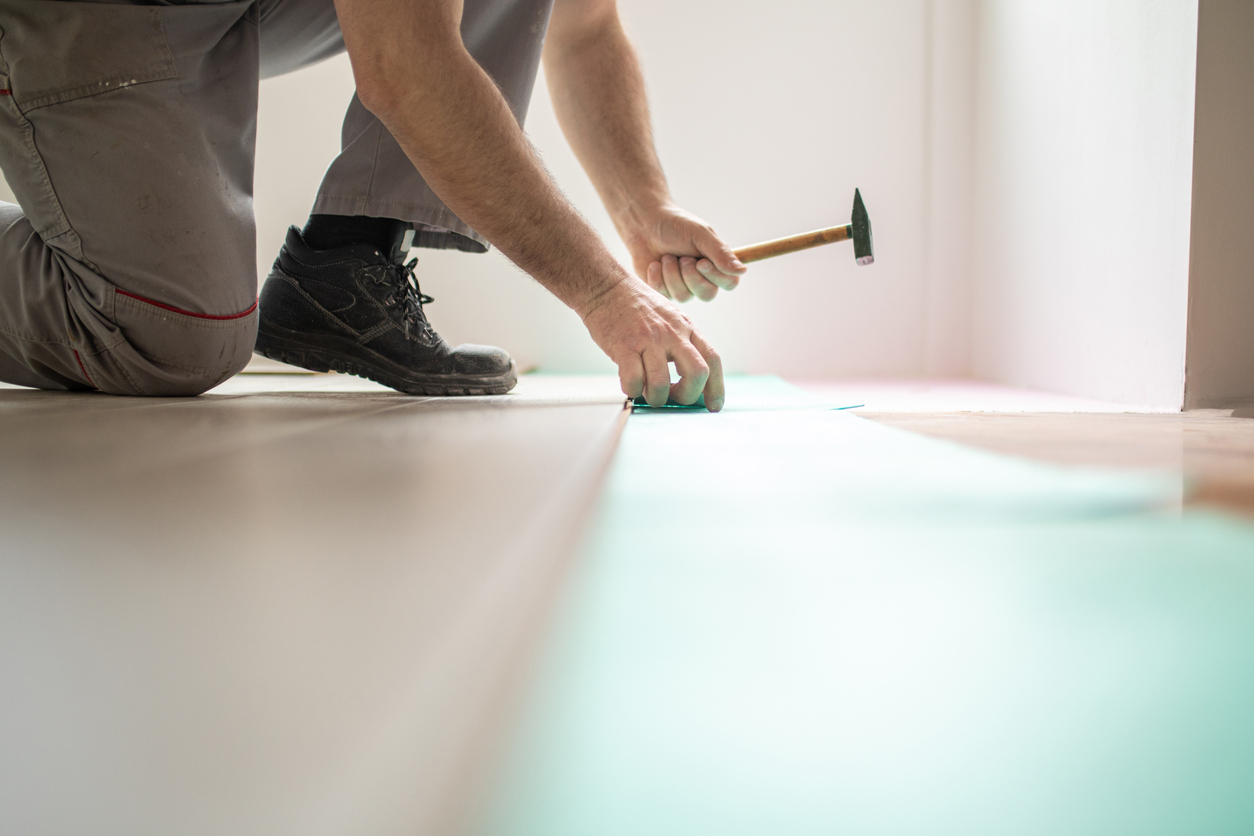
Nails are the fastener of choice when laying down hardwood floorboards because they’re not as likely as screws to split the wood and they don’t mar the surface with screw heads. Nails also flex a bit more, to allow for the natural expansion and contraction of the wood, without loosening their grip. In order to make sure a screw doesn’t split wood, it’s best to drill a pilot hole first.
RELATED: The Best Cordless Framing Nailers, Tested
7. For superior gripping power, use ring shank nails.
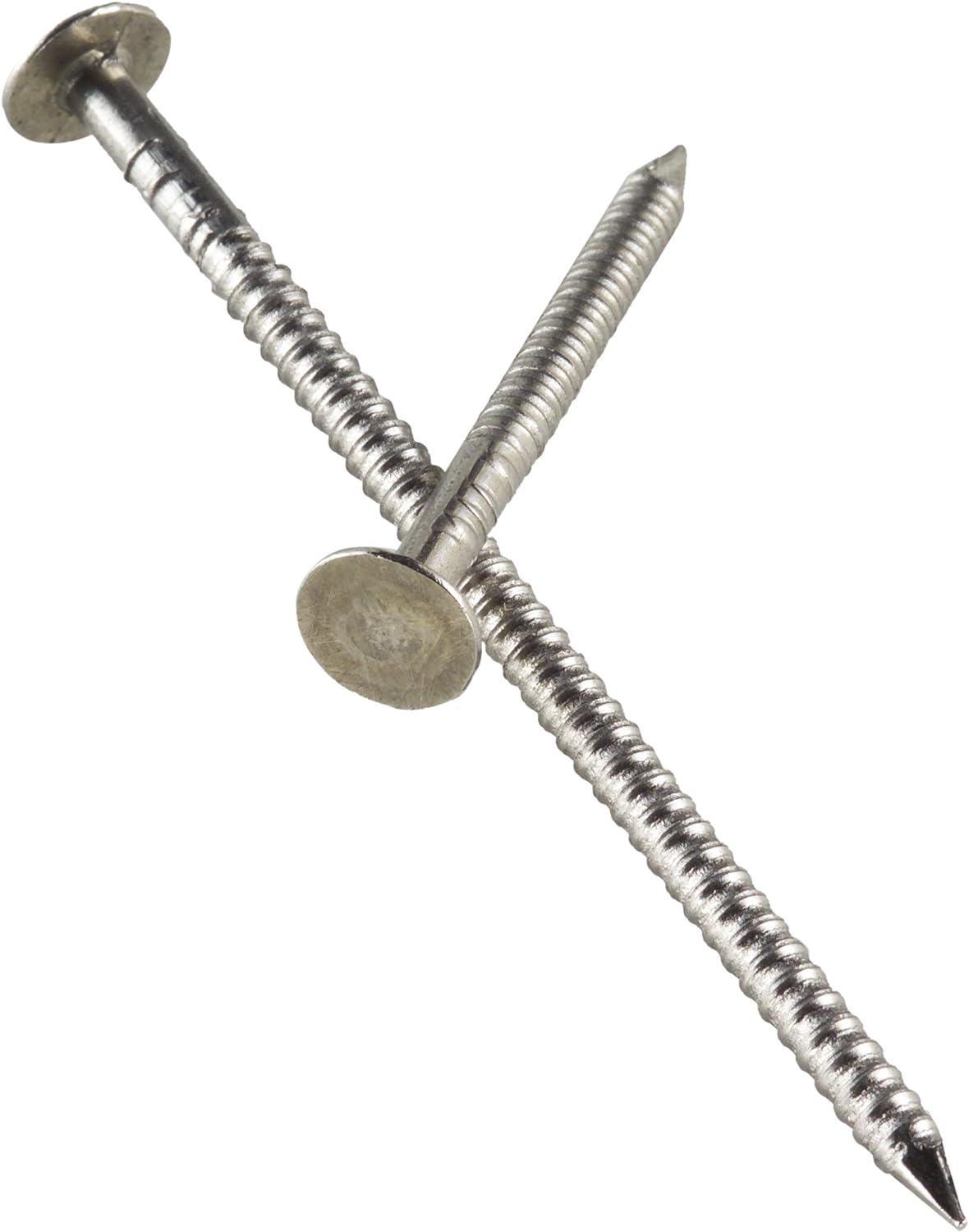
While most nails have flat heads and smooth shafts, ring shank nails are a hybrid design. These sturdy fasteners combine the superior gripping power of screws with the flexible strength of nails. In fact, their ringed shafts can increase holding power by 40 percent or more. Ring shank nails, often used with softer woods like plywood and shingles, provide a tighter, more permanent grip than smooth-shank nails.
You can also use ring shank nails instead of screws to install subflooring and drywall, but their flat heads are harder to extract than screws and can leave a jagged hole if you do remove them.
8. Which fastener is best for composites? It depends.
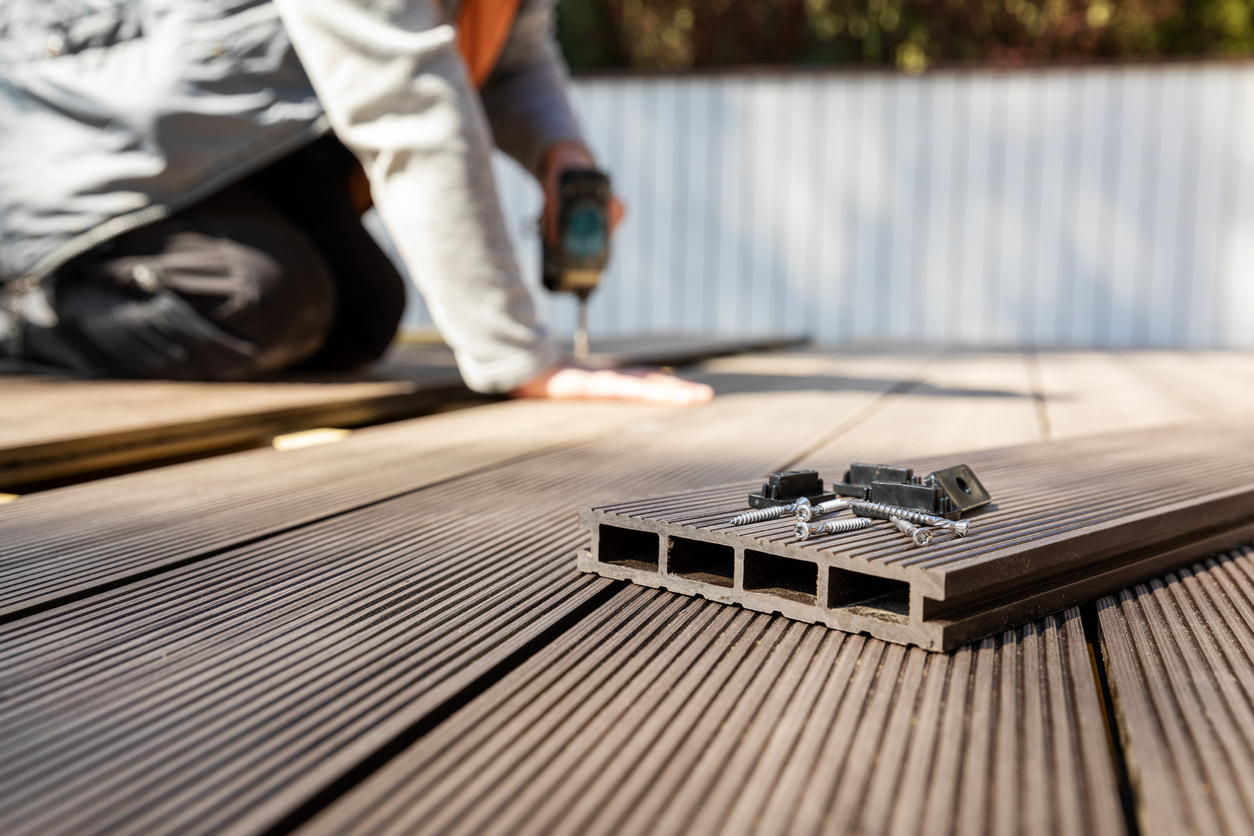
Material type doesn’t dictate the best fastener when it comes to working with composites. It’s the project that determines the better choice. For example, while screws are the preferred fastener for composite decking, they aren’t the best choice for delicate composite trim details. Finish or trim-drive screws provide the connection strength needed and are less noticeable in molding and trim.
9. Screws are often best for hanging heavy doors, mirrors, or artwork.

Nails are often the fastener of choice for hanging some wall art, but screws are actually a better option for heavy artwork, mirrors, and other large, decorative pieces. Screws provide a mechanical connection that’s more powerful and durable than what a nail can create. It’s also easier to adjust the hinges on a door with screws than nails.
About the Author
Theresa Coleman Clement is a designer, author, and handy DIYer who has accumulated more than her fair share of time fastening deck boards and installing trim with her carpenter-husband Mark Clement. Together, they have been improving homes for more than 2 decades and sharing DIY tips, project advice, and tool reviews at MyFixitUpLife.com.

